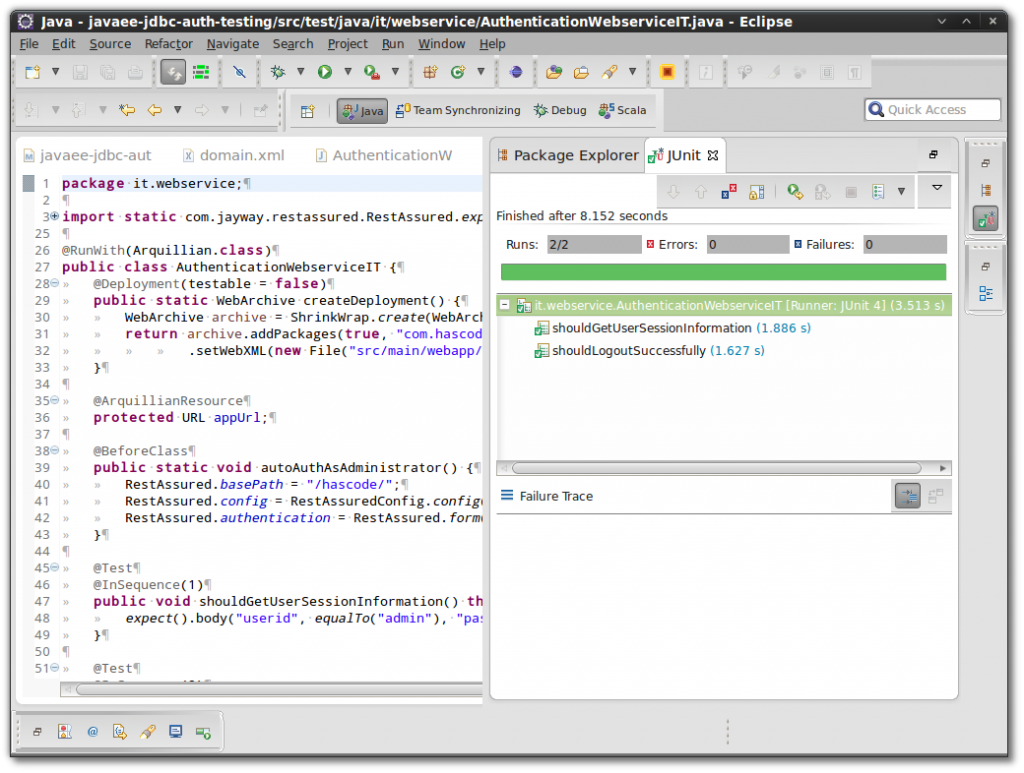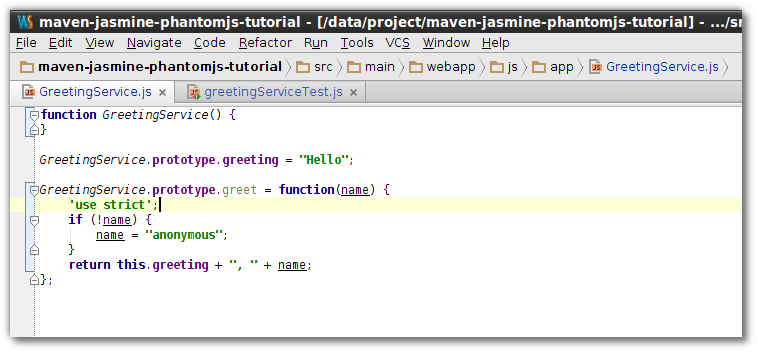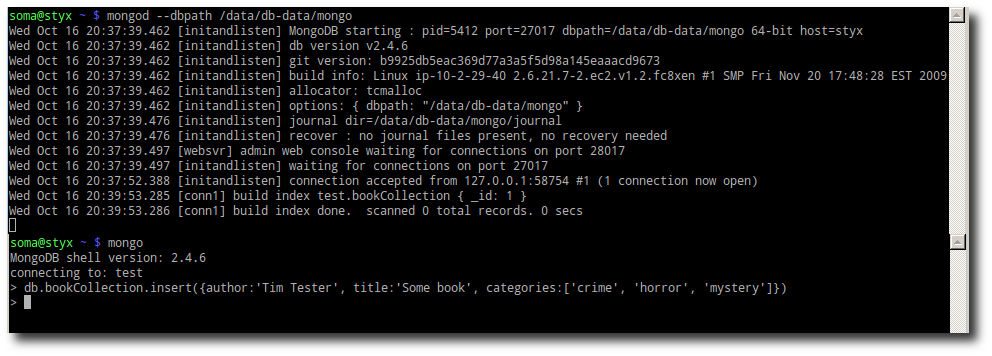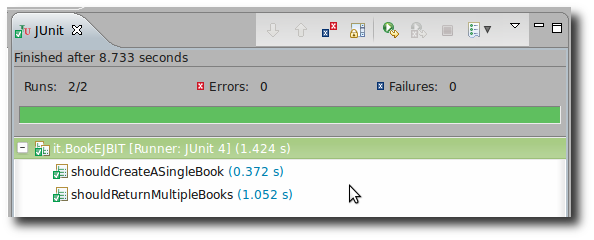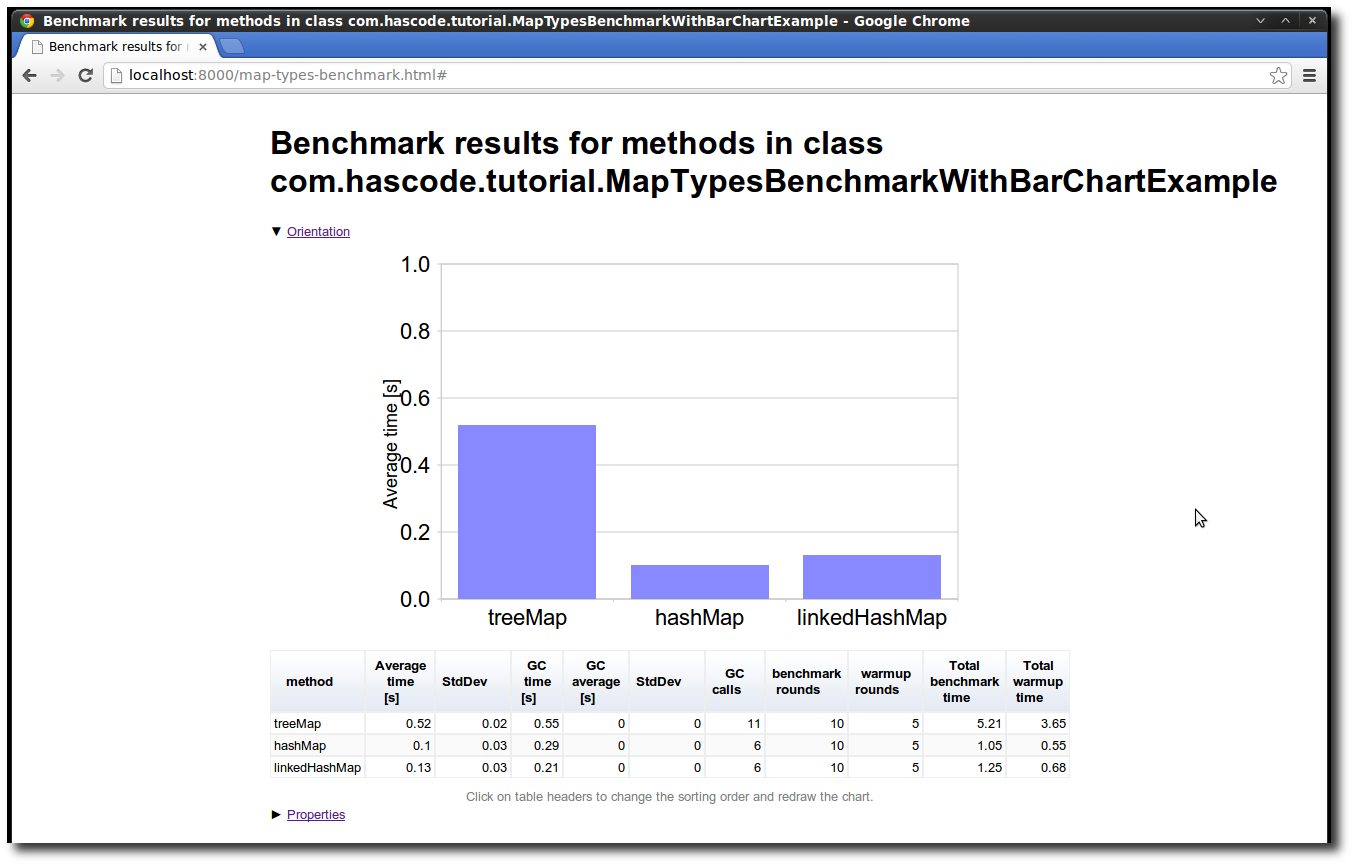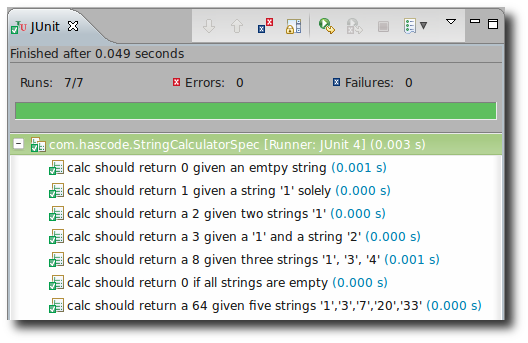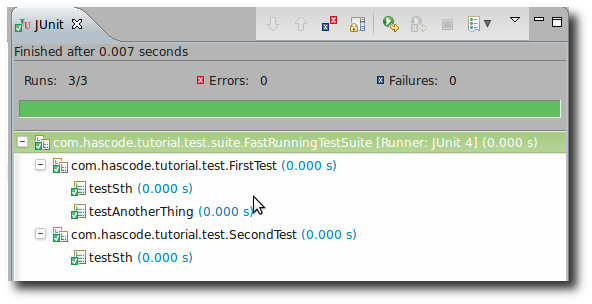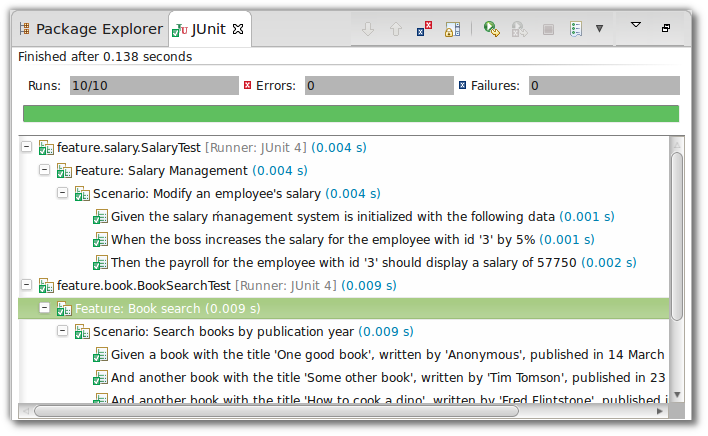
BDD Testing with Cucumber, Java and JUnit
Whether behaviour-driven-development, specification by example or acceptance test driven development is the goal, the Cucumber framework eases our life when we need to establish a link between the non-technical, textual description for a new feature and the tests that prove that the application fulfils these requirements. In the following short tutorial I’d like to demonstrate how to add Cucumber to a Java project and how to write feature descriptions and test-cases for each step of these descriptions. ...
